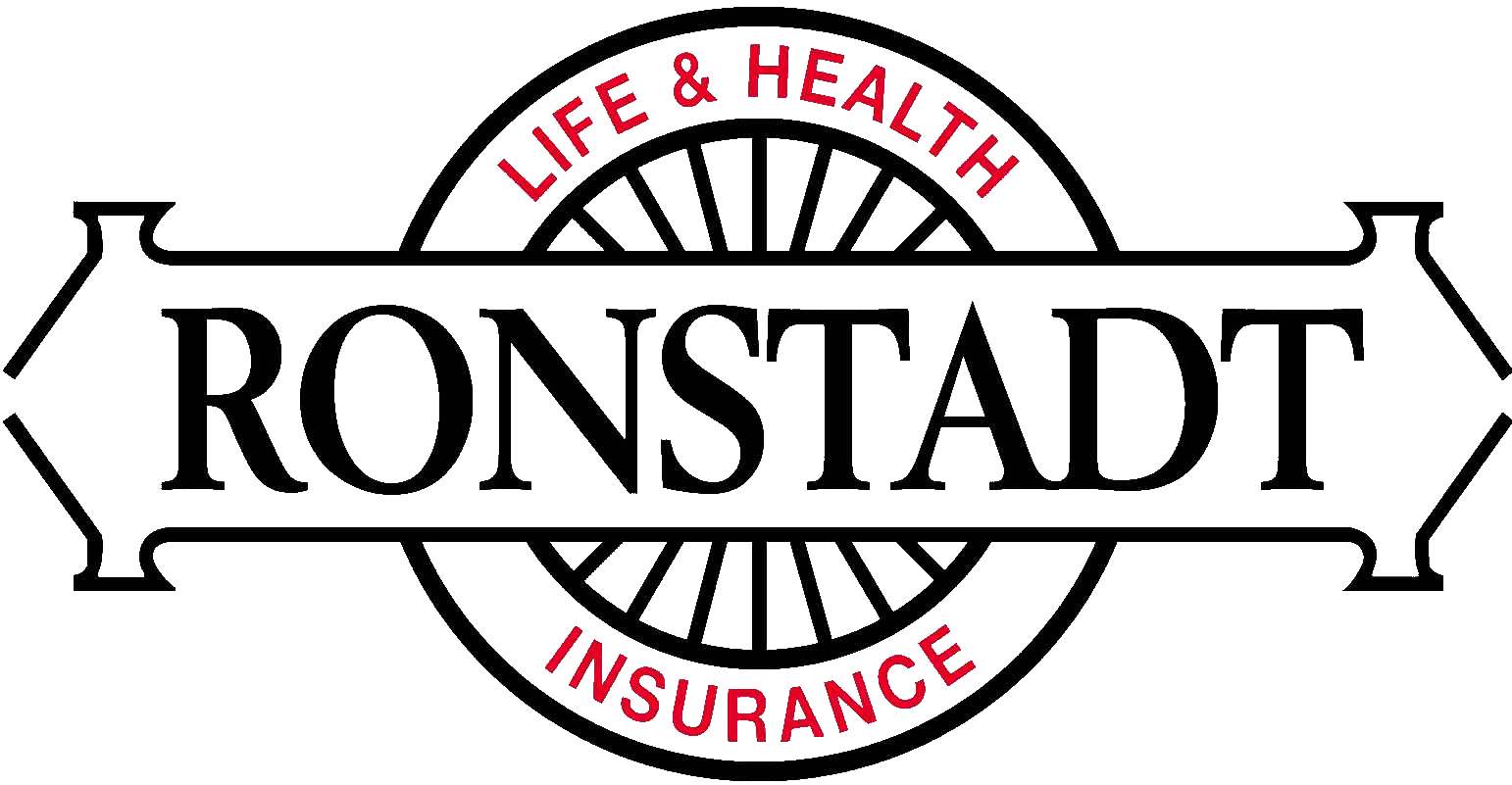Supreme Court Upholds Health Care Reform Law
Today, the last day of its current term, the U.S. Supreme Court announced its decision on the constitutionality of the health care reform law. The Court upheld the entire law, holding that Congress acted within its constitutional authority when enacting the individual mandate. This means that the health care reform law will continue to be implemented as planned and provisions that are already effective will continue.
Background
The health care reform law, commonly referred to as the Affordable Care Act, was enacted in 2010. Opponents of the law quickly started filing legal challenges to its validity. Most of the legal challenges focused on the constitutionality of the law’s individual mandate—the requirement that individuals purchase health insurance coverage or pay a penalty beginning in 2014.
The U.S. Courts of Appeals split in their decisions regarding the law’s constitutionality. To resolve this uncertainty, the U.S. Supreme Court reviewed the health care reform law in March 2012. The Court heard six hours of oral argument on the case, which is an extraordinary amount of time for oral argument. Most modern court cases only receive one hour of oral argument so this was indicative of the importance of the health care reform law challenges.
Challenges to the Individual Mandate
The main substantive challenge to the health care reform law was whether Congress had the authority under the U.S. Constitution’s Commerce Clause to require individuals to purchase health insurance coverage. The Commerce Clause gives Congress the power to regulate multi-state, economic activity. Most of the arguments centered on whether enacting the mandate fell within the Congressional power to regulate interstate commerce.
Opponents of the health care reform law argued that the Commerce Clause does not give Congress the power to regulate economic inactivity (that is, the decision not to purchase health insurance). They noted that Congress’ Commerce Clause power has never before been extended to this degree, and argued that this would open the door for the federal government to have unrestricted power to regulate.
The Obama Administration, however, stated that the law was an attempt by Congress to address the problems of access and affordability in the national health care market. The Administration pointed to the health care costs associated with the uninsured to demonstrate the economic effect of not purchasing health coverage, and argued that the law expands access to health care by making affordable health insurance more widely available.
Opponents of the law also argued that without the individual mandate, the law could not function as intended and would have to be struck down in its entirety. The Obama Administration argued that, in the event the individual mandate was ruled unconstitutional, only certain provisions of the law—those related to guaranteed issue and underwriting restrictions—would also be invalid. Thus, these parts of the law could be severed and all other provisions could stand.
The Court’s Decision
The Supreme Court ultimately ruled that Congress acted within its constitutional authority when enacting the individual mandate. In its ruling, the Court first concluded that the Commerce Clause did not give Congress the power to pass the individual mandate. The Court concluded that Congress has the authority to regulate interstate commerce, but does not have the authority to compel it. The Court stated that “construing the Commerce Clause to permit Congress to regulate individuals precisely because they are doing nothing would open a new and potentially vast domain to congressional authority.”
However, the Court held that Congress had the power to enact the mandate under its authority to impose taxes. The majority of the Court agreed that the individual mandate’s penalty is essentially a tax that Congress can impose using its taxing authority. The Court held that “our precedent demonstrates that Congress had the power to impose the exaction in [the individual mandate] under the taxing power, and that [the individual mandate] need not be read to do more than impose a tax. That is sufficient to sustain it.”
Because the Court upheld the individual mandate, it did not need to decide whether other provisions of the health care reform law were constitutional. One exception to this is a provision that required states to comply with the health care reform law’s new Medicaid eligibility requirements or risk losing their federal funding. The constitutionality of this provision was also before the Court. On that issue, the Court ruled that the provision is constitutional, but that Congress cannot penalize states that decide not to participate in the law’s Medicaid expansion by taking away their existing Medicaid funding.
Future Implications
Because the individual mandate was upheld, all aspects of the health care reform law that have been implemented will remain in effect. Additionally, the remaining provisions of the health care reform law that are not currently in effect will continue to be implemented as planned. Most notably, beginning in 2014, all individuals will generally be required to purchase health insurance or pay a penalty.
Many of the health care reform law’s provisions require agency guidance to be implemented. The Departments of Labor (DOL), Health and Human Services (HHS) and Treasury have been regularly issuing guidance to implement the health care reforms. These agencies will continue to promulgate regulations relating to the health care reform law, and employers and health plans will be required to comply with these to the same extent that they are required to comply with the various provisions of the health care reform law.
Although the Supreme Court held that the individual mandate is constitutional, opponents of the health care reform law may challenge other provisions using various legal arguments. If any further challenges arise, courts will address these accordingly.
Additionally, members of Congress have already introduced new legislation to amend or repeal various parts of the health care reform law, and likely will continue with this strategy. Each of these possibilities may have an impact on the health care reform law and its requirements in the future.
additional resources
A copy of the Supreme Court’s decision is available at: www.supremecourt.gov/.

















